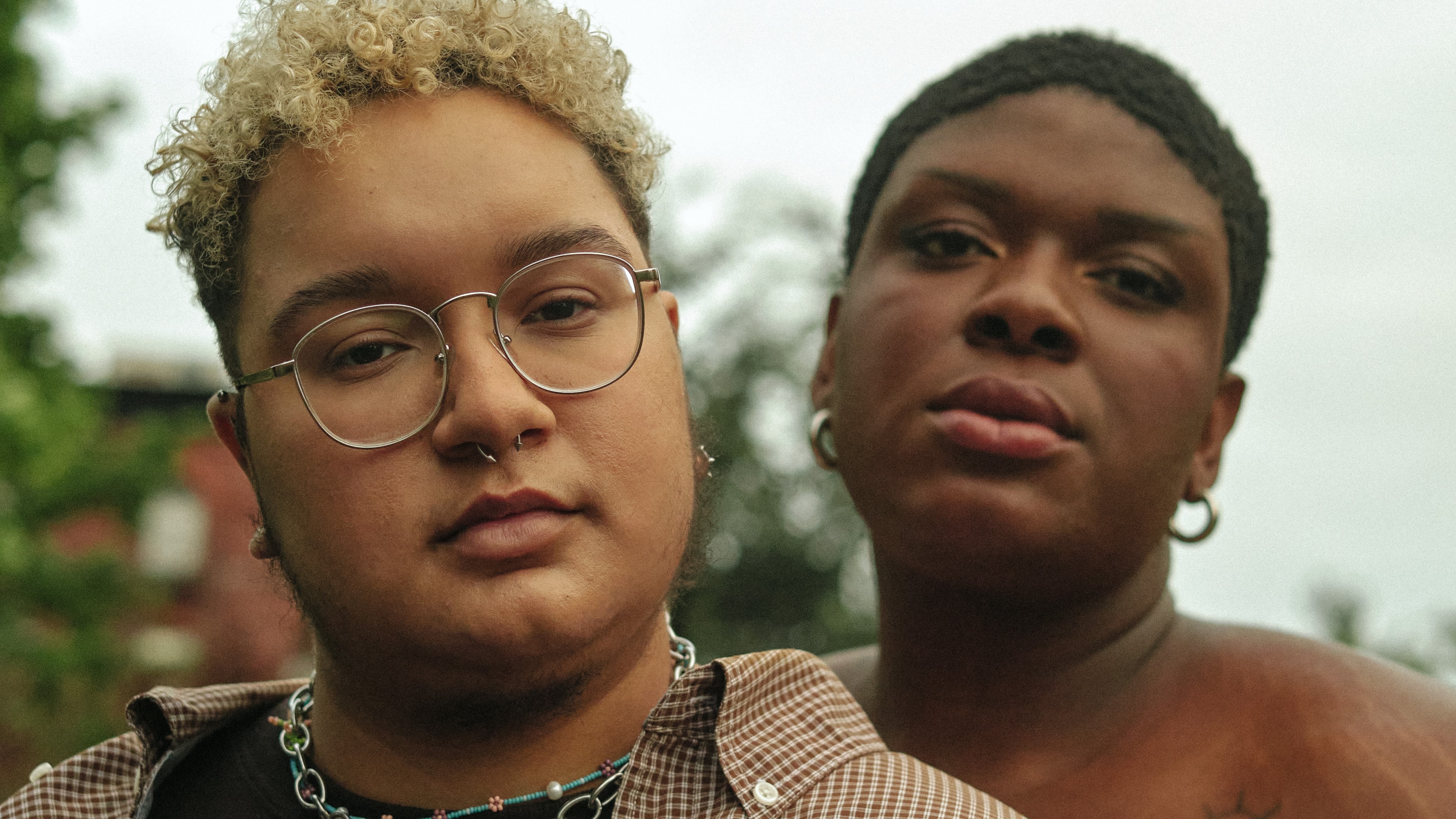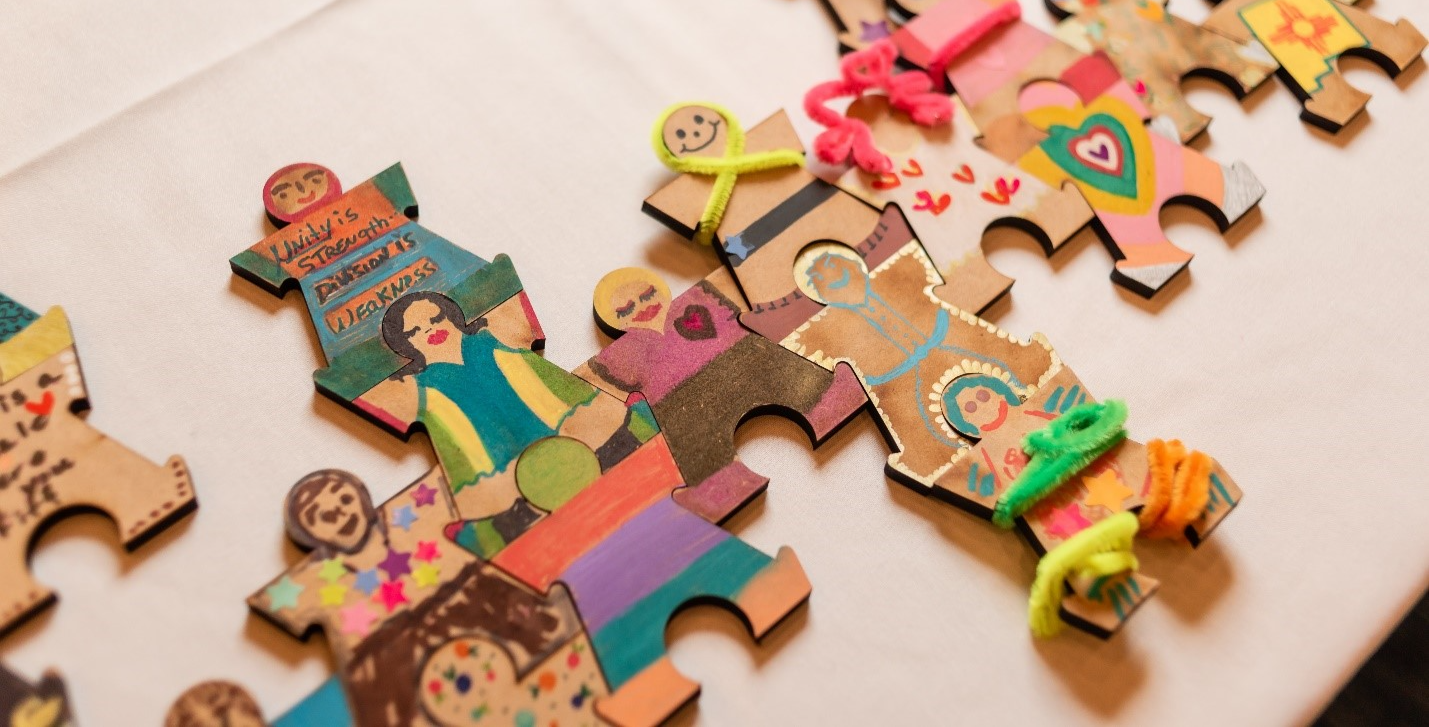Earlier this year I was approached to share my thoughts about collective impact as part of Maytree's popular lunch-and-learn program Five Good Ideas which invites subject matter experts to discuss "powerful yet practical ideas on key management issues facing non-profit organizations." I eagerly said yes, but then discovered that this is not an easy task.

Collective impact is a relatively new framework that has that has been transforming communities across the globe. It is a highly effective approach for bringing together diverse individuals and sectors to move the needle on a range of complex social and environmental issues. The first articles about collective impact, authored by John Kania, Mark Kramer and Fay Hanleybrown of FSG Social Impact Consultants, provided what seemed on the surface to be, a simple framework consisting of three preconditions for community change efforts and five core conditions.
Communities began to implement the framework, using it to: build a common agenda, develop shared measurement; align mutually reinforcing activities; provide continuous communications; and, assemble a backbone infrastructure. Many found that, while the CI conditions are simple enough, it is the details regarding how best to navigate community change that make the work of collective impact challenging.
Synthesizing this growing community of practice into just five good ideas for Maytree's Learning Series was also challenging. The five good ideas about collective impact outlined below have been distilled from the lessons that Tamarack has learned as we have supported collective impact initiatives across Canada and also reflect our lived experience and observations about this new framework for community change and impact.
Five Good Ideas about Collective Impact
- Use collective impact to work collaboratively with complex issues
- Attract leadership and expertise from different sectors to focus on the health of the whole
- To attain true change, believe and buy into the common agenda.
- Understand how individuals are impacted by the issue and work toward measureable results.
- Focus on short-term shifts as well as policy and systems barriers that are preventing change to occur.
There is promise in adopting a collective impact approach but it takes courage for communities to dive deep, go beyond the status quo of program delivery, and move toward changing community outcomes. Transformative change requires vigour, a focus on results and a commit to the longer term. These five good ideas are just a starting point. Many more ideas will emerge.
Learn More:
- Check out Maytree's Five Good Ideas Learning Series
- Youth Readiness: Mobilizing for Impact a Tamarack webinar with Karen Pittman & Alex Bezzina - Dec 3rd, 2015 - 1:30 - 2:30 EST - Register here
- Find resources from Liz Weaver's Five Good Ideas about Collective Impact presentation
- Find more on implementing Collective Impact at www.tamarackcci.ca





